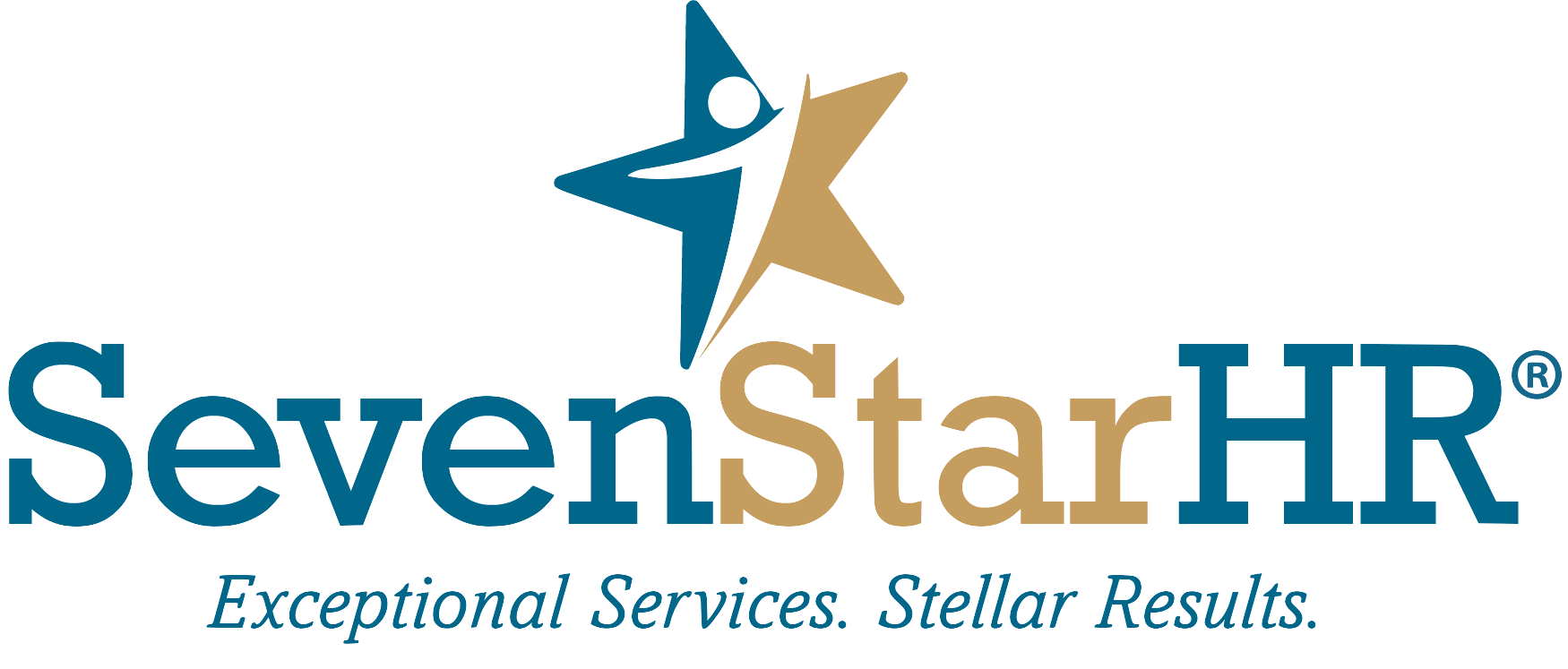New York State's New Labor Law on Breast Milk Expression: A Comprehensive Guide for Employers
New York State has taken a significant step towards supporting working parents with the introduction of Labor Law Section 206-c. This law grants all employees in New York the right to express breast milk in the workplace. It applies universally to all public and private employers in New York State, irrespective of their size or the nature of their business.
The New York State Department of Labor has developed an official policy to ensure that employees are aware of their rights and employers understand their responsibilities. This policy sets the minimum standards required by law, though employers are encouraged to offer additional accommodations tailored to their specific workplaces.
Key Provisions for Employees and Employers
1. Break Time for Breast Milk Expression
Employers must provide 30 minutes of paid break time for employees to express breast milk whenever there is a reasonable need. This right extends up to three years following childbirth. If more time is needed, employees can use their existing paid break or meal times. The number of breaks and their duration will vary depending on individual needs.
Employers are prohibited from requiring employees to make up for this time by working before or after their regular shifts. Discrimination against employees who choose to express breast milk is strictly forbidden. This also applies to remote workers.
2. Lactation Room Requirements
Employers must provide a private room or alternative location for breast milk expression that is not a restroom or toilet stall. The designated space must meet the following criteria:
Close to the employee’s work area
Well-lit (natural or artificial light)
Private and free from intrusion
Equipped with accessible, clean running water nearby
Includes an electrical outlet (if the workplace has electricity)
Contains a chair and a flat surface (desk, small table, counter, etc.)
Employers can use a single room for multiple employees if needed, provided it meets the requirements. Shared workplaces, like office buildings or malls, can collaborate to establish a common lactation room, but each employer must ensure it meets their employees' needs.
If no separate room is available, a vacant office or enclosed cubicle (with walls at least seven feet tall) can be temporarily used. Privacy measures, such as curtains for windows and locks or signs on doors, are mandatory.
3. Notification and Request Process
Employees must notify their employer reasonably in advance, ideally before returning from leave, if they need to express breast milk at work. This gives employers time to prepare an appropriate space and adjust schedules.
Requests for lactation spaces should be made in writing to a direct supervisor or designated individual. Employers must respond in writing within five days and inform all employees when a space has been designated.
Maintaining Clean and Accessible Spaces
Designated lactation spaces must be maintained and kept clean at all times. If the workplace has a refrigerator, employees must be allowed to store their breast milk, although employers are not responsible for the milk's safekeeping. Employees should store milk in closed containers and take it home each evening.
Addressing Undue Hardship
If providing a suitable lactation space presents an undue hardship, defined as significant difficulty or expense relative to the employer’s size, resources, nature, or structure, the employer must still offer a private, non-restroom space as close to the work area as possible.
Compliance and Resources
Employers are required to distribute this policy in writing to all employees upon hiring, annually, and upon return to work after childbirth. Additional guidance on meal and break periods can be found on the New York Department of Labor website and related FAQs.
New York State’s Labor Law Section 206-c marks a progressive step towards supporting working parents. By understanding and complying with this law, employers can foster a supportive and accommodating workplace environment, ensuring the well-being and productivity of their employees. For further details and compliance guidelines, employers and employees should refer to the official resources provided by the New York State Department of Labor.

